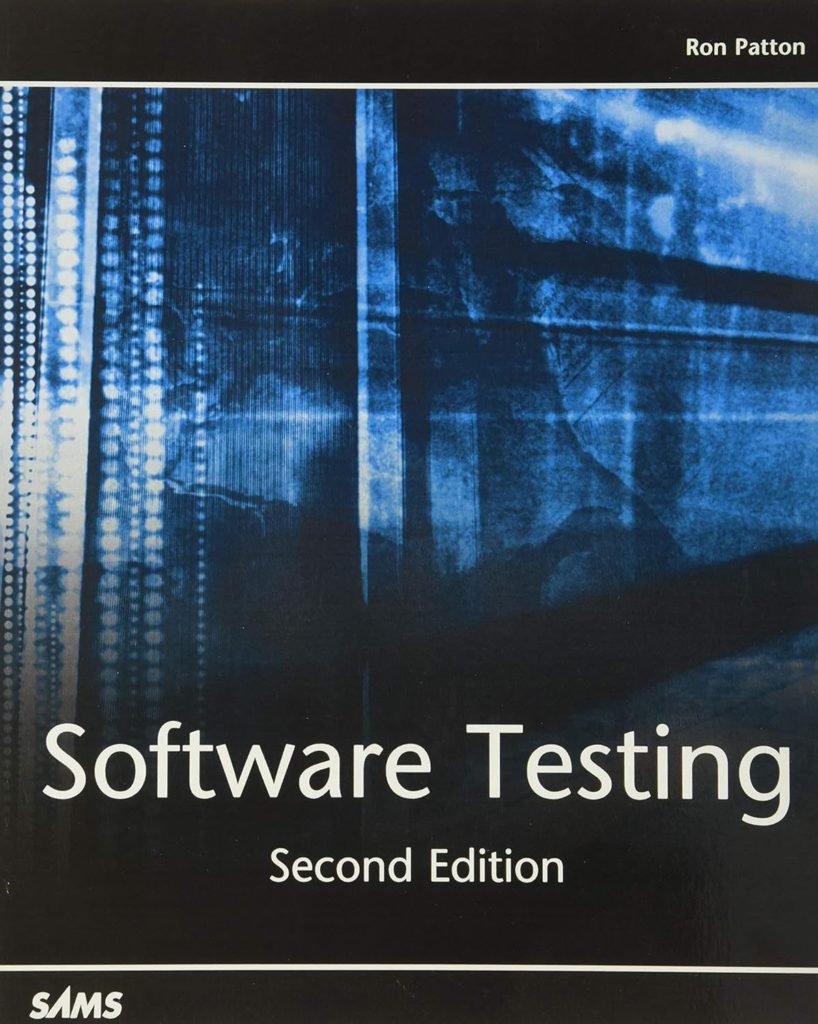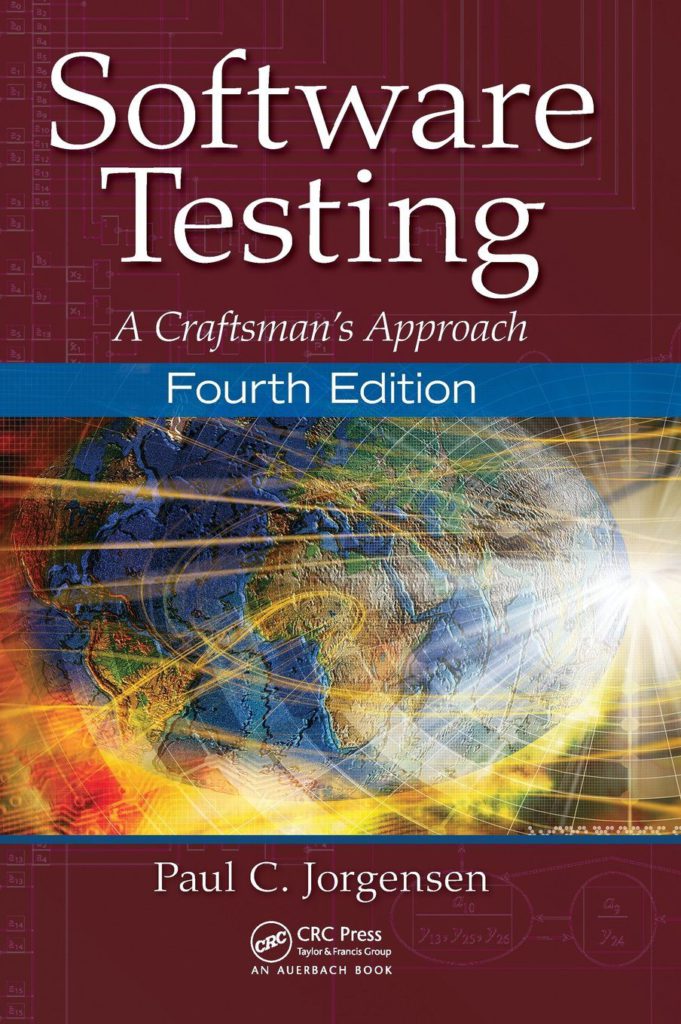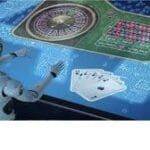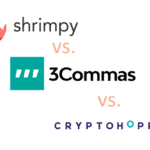So in my final sem, I have a subject by the name of “Software Testing”, since you know, college professors do not teach much, so I decided to try my hand in books, and try to study on my own, yeahhhh “Self Study”, why not help others in finding some good books right? ????
So here I am : )
Software testing is a process of evaluating and verifying that a software application or system works correctly and meets its specified requirements. The primary purpose of software testing is to identify any discrepancies between expected and actual behavior, ensuring that the software is of high quality and free from defects.

Table of Contents
What is software testing?
Software testing is the process of evaluating a software application or system to identify any discrepancies between expected and actual results. It ensures that the software meets specified requirements and is free from defects.
Why is software testing important?
Software testing is crucial to ensure the quality, reliability, and performance of a software application. It helps identify and fix defects early in the development process, reducing the risk of issues in the production environment.
What is automated testing?
Automated testing uses testing tools to execute pre-scripted tests on a software application. It is efficient for repetitive and time-consuming tasks, allowing for faster test execution and early defect detection.
How can I start a career in software testing?
To start a career in software testing, gain a strong understanding of testing fundamentals, learn testing tools, and consider obtaining relevant certifications such as ISTQB. Gain practical experience through internships or entry-level positions.
How do I choose the right software testing book for my needs?
Consider your current skill level, specific areas of interest (manual testing, automation, Agile, etc.), and reviews from other testers. Look for books that align with your goals and offer practical insights and examples.
Where can I find comprehensive lists of software testing books?
Websites like GeeksforGeeks, Software Testing Help, and Amazon have curated lists of recommended software testing books. Online communities like Stack Exchange may also provide valuable recommendations from experienced testers. But we have compiled a list for you ; )
The Main Agenda – Best Software Testing Books

The Art of Software Testing, 3rd Edition by Glenford J. Myers, Corey Sandler, and Tom Badgett

Review: 4.4⭐
“The Art of Software Testing” is a foundational book in the field, co-authored by Glenford J. Myers, Corey Sandler, and Tom Badgett. This third edition continues to provide a comprehensive guide to software testing principles and practices. It covers essential concepts such as test case design, testing strategies, and managing the testing process. The book caters to both beginners and experienced testers, offering valuable insights into the art and science of software testing. The third edition incorporates updates to ensure its relevance in the ever-evolving landscape of software testing.
One of the unique factors of this book is its depth of coverage on testing principles, offering a strong theoretical foundation. However, some readers may find it more theoretical than practical. The comprehensive nature of the book makes it suitable for those seeking a broad understanding of software testing, but individuals looking for hands-on examples might complement it with more practical guides.
Also Read ➤ ➤ UNCOVERING THE Crypto Friendly Web Browsers You Must Know!
Naresh Chauhan, Software Testing Principles and Practices,OXFORD University Press

Review: 4.5⭐
Published by Oxford University Press, “Software Testing Principles and Practices” by Naresh Chauhan is a comprehensive resource covering a wide range of testing topics. The book addresses testing life cycles, planning, execution, and automation, emphasizing practical aspects and real-world scenarios. It is designed to be valuable for readers seeking a hands-on approach to software testing, making it suitable for those looking to build a solid foundation in testing methodologies.
One unique aspect of this book is its practical orientation, providing real-world examples to enhance understanding. However, some readers may find the coverage lacking in certain theoretical aspects. The practical approach makes it suitable for those looking to apply testing principles directly, but individuals seeking a more theoretical foundation may need to supplement their reading with additional resources.
Also Read ➤ ➤ Top 10 Development Service Providers
Software Testing, 2nd Edition, 2005 by Ron Patton

Review: 4.2⭐
Published in 2005, Ron Patton’s “Software Testing” is a comprehensive guide covering various aspects of software testing. The book addresses fundamental concepts, testing methodologies, and practical techniques. It is suitable for both beginners and experienced testers, offering insights into creating effective test cases and ensuring software quality.
One unique factor is its comprehensive coverage of testing methodologies. However, being published in 2005, some readers might find it slightly dated, and it may not include the latest industry practices. It is praised for its clarity and practical approach but may benefit from supplemental resources for more recent insights.
Also Read ➤ ➤ Best Patent Monitoring Services
Software Testing: A Craftsman’s Approach, Fourth Edition by Paul C. Jorgensen

Review: 4.3⭐
The fourth edition of Paul C. Jorgensen’s “Software Testing: A Craftsman’s Approach” is a valuable resource that provides a detailed exploration of software testing principles and practices. It covers various testing techniques, strategies, and tools, emphasizing the importance of a disciplined and thoughtful approach to testing.
The book’s unique factor lies in its emphasis on a craftsman’s approach to testing, promoting a mindset of skillful and deliberate testing practices. Some readers appreciate its detailed content, but others may find it challenging for beginners due to its depth. It provides a balance between theory and practical application.\
Also Read ➤ ➤ Best 10 Financial Risk Management Tools
How to Break Software: A Practical Guide to Testing by James A. Whittaker

Review: 4.0⭐
James A. Whittaker’s “How to Break Software” is a practical guide focused on the art of testing by intentionally trying to break software. It provides insights into unconventional testing techniques, encouraging testers to think creatively and identify potential vulnerabilities in software.
The unique factor of this book is its focus on breaking software, providing a different perspective on testing. However, some readers may find the approach too unconventional, and it may not cover traditional testing methodologies comprehensively. It’s appreciated for its practical insights but might be better suited for testers with some experience.
Also Read ➤ ➤ BEST Website Performance Testing Tools and Services
Lessons Learned in Software Testing: A Context-Driven Approach by Cem Kaner, James Bach, and Bret Pettichord

Review: 4.6⭐
This book, authored by Cem Kaner, James Bach, and Bret Pettichord, takes a context-driven approach to software testing. It provides practical lessons learned from real-world testing experiences, offering valuable insights into effective testing strategies.
The unique factor of this book lies in its context-driven approach, focusing on the relevance of testing strategies to specific project contexts. Some readers appreciate its practical wisdom, but others may find it less structured compared to more prescriptive guides. It is valued for its real-world applicability and the diverse experiences of the authors.
Also Read ➤ ➤ Best App Development Software Platforms EVE
Conclusion
The significance of software testing in ensuring the quality, reliability, and performance of applications cannot be overstated. As I ventured into the realm of self-study, I sought out the best resources to enhance my understanding. In this pursuit, a curated list of some of the best software testing books emerged, providing a roadmap for enthusiasts at every skill level.
“The Art of Software Testing, 3rd Edition” stands out as a foundational guide, offering a comprehensive view of testing principles and practices. Its theoretical depth serves as a strong foundation, although supplementing it with more practical guides may enhance its application. “Software Testing Principles and Practices” by Naresh Chauhan complements this by bringing a practical orientation to the forefront, providing real-world examples for a hands-on approach.
Ron Patton’s “Software Testing, 2nd Edition, 2005” showcases a timeless guide with comprehensive coverage, though some readers may seek additional resources for the latest industry practices. “Software Testing: A Craftsman’s Approach, Fourth Edition” by Paul C. Jorgensen emphasizes a craftsman’s mindset, offering a balance between theory and practical application.
James A. Whittaker’s “How to Break Software” takes a unique approach, encouraging testers to think creatively and break software intentionally. Lastly, “Lessons Learned in Software Testing: A Context-Driven Approach” by Cem Kaner, James Bach, and Bret Pettichord embraces a context-driven methodology, providing real-world wisdom.
In the diverse landscape of software testing, each book caters to specific preferences and needs. The curated list serves as a compass for enthusiasts, offering valuable resources to navigate the dynamic field of software testing and emerge not just as testers but as proficient craftsmen in the art of ensuring software quality.










